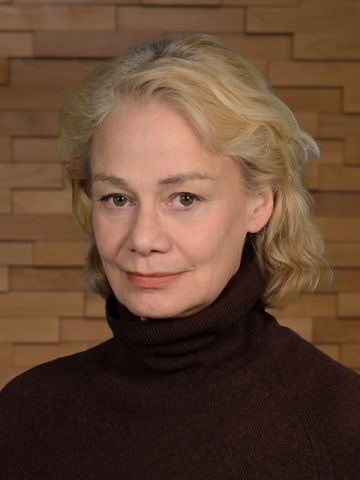Principal Investigator:
Anais Rameau, Assistant Professor of Otolaryngology
Background & Unmet Need
- Laryngectomy is a procedure in which part or all of the larynx is removed from a patient, affecting speech
- The main voice restoration options following a laryngectomy are esophageal speech, the electrolarynx, or tracheoesophageal puncture (TEP)
- These options have drawbacks as the electrolarynx is often noted to sound robotic, and TEP is associated with complications such as leakage
- Even with these voice restoration options, patients with laryngectomy experience limited vocal capacity and decreased vocal control
- Unmet Need: a voice restoration device with better vocal control, intensity, and intelligibility for laryngectomy patients
Technology Overview
- The Technology: a novel, personalized device for voice restoration using machine learning applied to surface EMG (sEMG) signal
- The inventors have created a tailored device to conform to a patient's unique anatomy with sensors on the articulatory muscles of the face and neck
- The device detects the sEMG signals and applies a predictive machine-learning model to translate silent speech into words
- PoC Data: The inventors collected data using this device from a laryngectomy patient silently articulating ‘Tedd’ and ‘Ed’
- The team trained a predictive model for automatic speech recognition of these words, which had an 86.4% word recognition accuracy
Technology Applications
- Voice restoration for laryngectomy patients
- Silent speech recognition for noisy or difficult environments
Technology Advantages
- Portable, all-in-one device
- Inconspicuous profile to be held in place only during speech, like a phone
- Personalized to patient based on 3D scan of head and neck geometry

Publications
Resources
Intellectual Property
Patents
- US Application Filed: US20220208194A1: "Devices, systems, and methods for personal speech recognition and replacement" (Published June 30, 2022)
Cornell Reference
- 8520
Contact Information

For additional information please contact
Donna Rounds
Associate Director, Business Development and Licensing
Phone: (646) 780-8775
Email: djr296@cornell.edu

